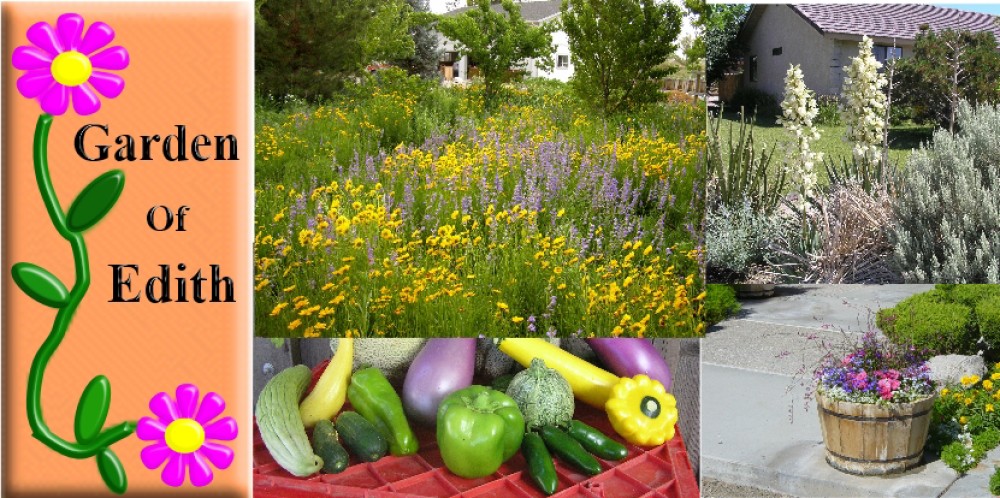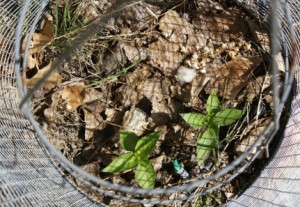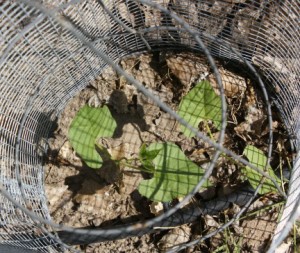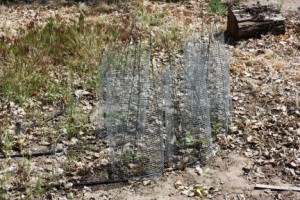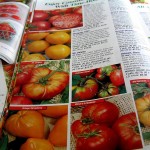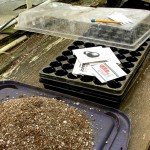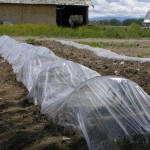I realize it has been awhile since I have posted. In that time, I have been busy working on my vegetable garden. It is more than just simply digging up the soil and plunking seeds in the ground. My growing season is too short to allow many of my summer vegetable to ripen before the first killing frost in the fall. Additionally I had to devise a strategy for protecting my plants from the rabbits that have never been in my yard before and consider what to do to reduce the need for irrigating my vegetable garden.
To solve the short growing season problem I always start my seeds germinating about three to four weeks ahead of the last killing spring frost. I find a warm spot in my house to place my seedling trays. A temperature of around 68°F is ideal. Soon after the coteledons have popped out of the ground, I move them into the greenhouse where they will get more natural light. If I don’t move them soon enough the stems become etiolated or over elongated and weak.
In my area, we can usually figure on a very dry growing season. Almost all of our 4″ average annual precipitation falls in the winter in the form of snow. This winter we had no snow and only a small amount of rain. I spent some time checking my soil just to see how dry and noticed that where there was leaves and debris on the ground there was a little bit of moisture in the underlying soil. I’ve decided instead of tilling my garden soil, I will simply dig only enough soil around each plant I transplant and then push leaves and other plant debris back around the transplant. Each plant will still receive water from an emitter in my drip system. I’m hoping this way to conserve water and still keep my vegetable garden from being stressed for water. There is the real danger in my area for domestic wells to dry up in this drought since the agricultural land around it will receive no irrigation after the end of June. It could be a very long hot dry summer and crops will likely die.
Another consequence of this drought is that wildlife is concentrating around our homes and in town. On my property, I have rabbits I’ve never seen before and more deer than usual. I decided I needed a way to protect my plants so I am constructing cages to put around each plant. A larger enclosure might not be as effective in protecting plants since rabbits can burrow. I’m hoping that individual cages around each plant will reduce the problem. Maybe they will instead find my neighbors vegetable garden easier to devour.
